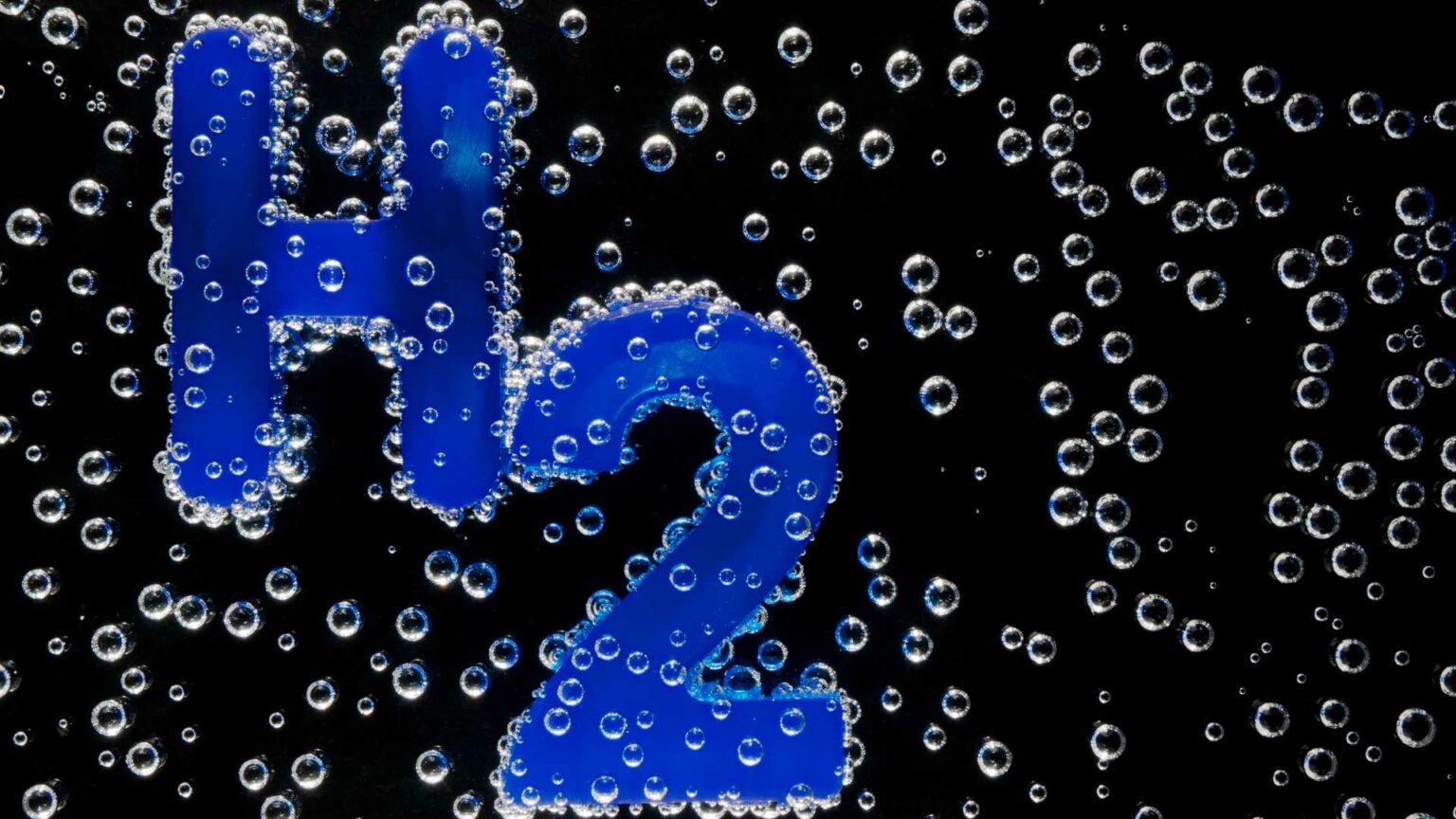The European hydrogen economy has gained a critical production foothold as Agfa and VITO inaugurate a large-scale manufacturing facility for ZIRFON membranes in Mortsel, Flanders.
Backed by the EU Innovation Fund, the site is designed to support up to 20 GW of alkaline electrolyzer capacity annually, significantly enhancing Europe’s capacity to produce green hydrogen at scale.
While membrane development has long been a technical bottleneck in alkaline water electrolysis, the shift from pilot to full-scale production represents a strategic pivot—enabling cost reductions and supply chain security in an increasingly competitive global market.
ZIRFON membranes have already found global application in commercial electrolyzers, praised for their high efficiency and gas barrier properties. However, widespread deployment has until now been limited by manufacturing constraints. The new Mortsel facility addresses that gap by delivering industrial-scale output that aligns with Europe’s 2030 hydrogen targets.
Electrolyzer installations across the EU are forecast to exceed 100 GW by 2030, according to the European Hydrogen Backbone initiative. Supporting this capacity requires upstream alignment in components such as membranes—where Europe currently relies heavily on imports. The Mortsel plant helps correct that imbalance while reinforcing domestic innovation and resilience.
Flemish Minister-President Matthias Diependaele has explicitly framed the facility as more than a technology investment—it is part of a broader economic development strategy to retain high-value manufacturing and IP within the region. In an era of shifting industrial policy and subsidy competition, Flanders is positioning itself not only as a hydrogen technology node, but as a sovereign capability centre within the EU.
That approach mirrors similar moves across the EU, where strategic autonomy in clean tech manufacturing has become a central theme in response to global supply chain shocks and the U.S. Inflation Reduction Act. For Flanders, anchoring membrane production in the region strengthens the case for hosting future electrolyzer projects, pilot deployments, and export-oriented hydrogen clusters.
Alkaline water electrolysis remains one of the most mature and cost-effective technologies for green hydrogen production, especially where intermittent renewable energy can be reliably coupled. But performance hinges on membrane materials that can manage high ionic conductivity, resist chemical degradation, and maintain gas purity—all while remaining affordable at scale.
ZIRFON, developed by Agfa in collaboration with VITO since 2007, addresses many of these technical constraints. With increased production, the material’s role in reducing system-level costs becomes more prominent, especially as developers seek to bring levelized hydrogen costs below the €2/kg threshold—a critical benchmark for competitiveness against fossil-derived hydrogen.
The Mortsel plant’s backing by the EU Innovation Fund indicates alignment with bloc-wide industrial decarbonization goals. While the fund typically prioritizes emerging or pre-commercial technologies, support in this case underlines a strategic pivot: scaling up proven technologies is now as urgent as inventing new ones.
Moreover, with global electrolyzer demand expected to cross 300 GW by 2050—according to IRENA—the ability to supply membranes at industrial scale gives Agfa and VITO a potential export advantage. However, the challenge remains in synchronising supply ramp-up with project pipeline certainty, especially amid fluctuating policy support and demand-side maturity.
Stay updated on the latest in energy! Follow us on LinkedIn, Facebook, and X for real-time news and insights. Don’t miss out on exclusive interviews and webinars—subscribe to our YouTube channel today! Join our community and be part of the conversation shaping the future of energy.
